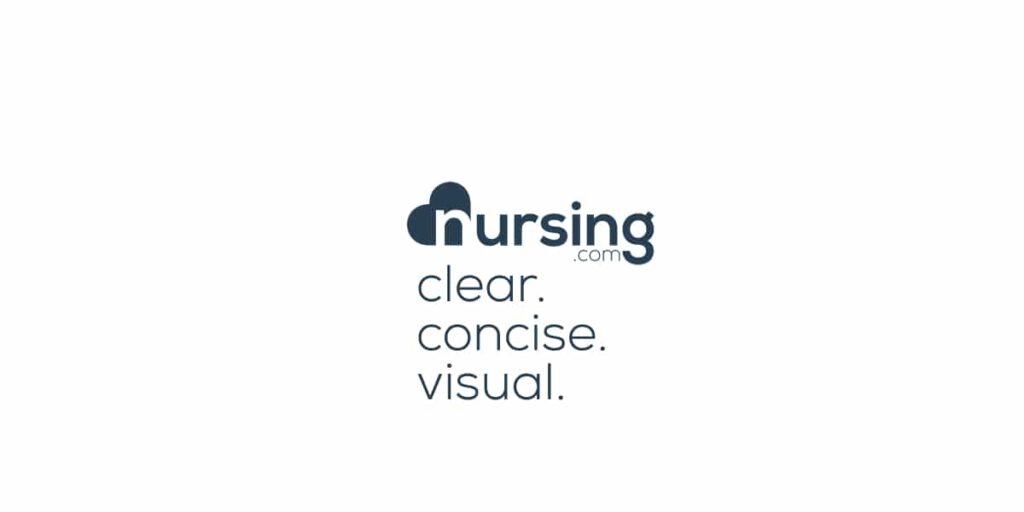NG Tube Med Administration (Nasogastric)
Overview Purpose Some patients require medications to be given via NG tube Aspiration risk Dysphagia Esophageal trauma Certain medications CANNOT be cut or crushed Extended Release Enteric Coated Delayed Release Capsules with large pellets In that case, request an alternate form Liquid solution Alternate route Other medications should be crushed and dissolved in water to […]
Pill Crushing & Cutting
Overview Purpose Some patients cannot swallow full pills Crush and put in applesauce Patients receiving medications via NG tube or PEG Must be crushed and dissolved in water Prescribed dose calls for a half tablet Must be scored → cut on score line CANNOT be cut or crushed: Extended Release Delayed Release Enteric Coated Gelcaps/softgels […]
Drawing Up Meds
Overview Purpose Medications stored in vials need to be drawn up in syringes to facilitate administration Notes Follow facility protocol regarding the use and storage of multi-use vials Vials are pressure-sealed (vacuum). In order to remove any volume of liquid, you must first replace it with air. Nursing Points General Supplies Appropriate size syringe (calculate […]
Medications in Ampules
Overview Purpose Some medications are stored in glass ampules Must safely break the ampule to access the medication Must use a filter needle to prevent tiny shards of glass from being injected into patient Nursing Points General Supplies needed Medication ampule Appropriate size syringe Filter needle Alcohol pad OR 2×2 gauze pads Nursing Concepts Steps […]
Insulin Mixing
Overview Purpose NPH and Regular insulin can be combined in one syringe when being administered Subcutaneously Always draw up clear before cloudy (regular before NPH) You MUST check blood glucose within 30 minutes or LESS of administering insulin!!!! Example For illustration purposes, we will use this order: NPH insulin 10 units subcutaneous Regular Insulin 5 […]
SubQ Injections
Overview Purpose Some medications are given under the skin in the subcutaneous layer Improper administration can make the medication be too shallow (intradermal) or too deep (intramuscular) Nursing Points General Supplies needed Required medication vial Appropriate size syringe Insulin syringe 1 mL 3 mL Appropriate size needle Alcohol pad Gauze Injection sites Anterolateral thigh Upper […]
IM Injections
Overview Purpose Some medications need to be administered into muscle tissue The site, needle length, and needle size will depend on the volume of medication being administered and the size/age of the patient Nursing Points General Supplies needed Required medication vial Appropriate size syringe 1 mL 3 mL 5 ml Appropriate size needle Alcohol pad […]
IV Push Medications
Overview Purpose Some medications are given intravenously over a short period of time (1 to 5 minutes), therefore are best given via IV push as opposed to a slow IV infusion. You MUST know the ordered rate of infusion of IV push medications – check with Pharmacy Pushing too quickly can cause detrimental effects Emergency […]
Spiking & Priming IV Bags
Overview Purpose In order to administer IV fluids, tubing needs to be attached to the fluid bag. This process is called “spiking and priming” It should be done carefully to avoid piercing the bag or getting air bubbles in the tubing. Nursing Points General Supplies needed Bag of fluids Primary tubing IV Pole IV Pump […]
Hanging an IV Piggyback

Overview Purpose Some IV infusions are hung as secondary, or piggyback, infusions with primary infusions of IV fluids This method ensures all of the medication is infused It also ensures the primary infusion is restarted immediately once the secondary is complete Nursing Points General Supplies needed to hang an IV piggyback Primary infusion – already […]
